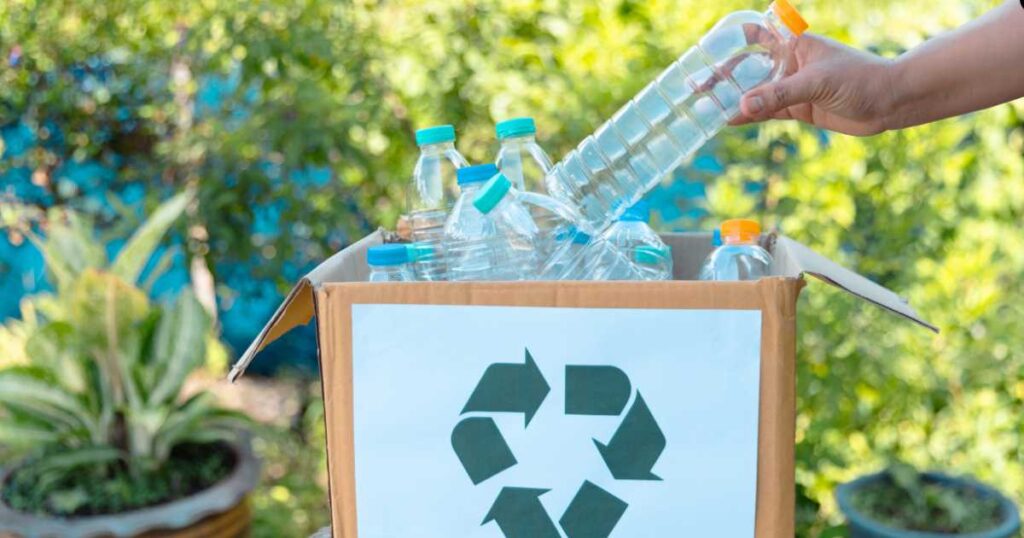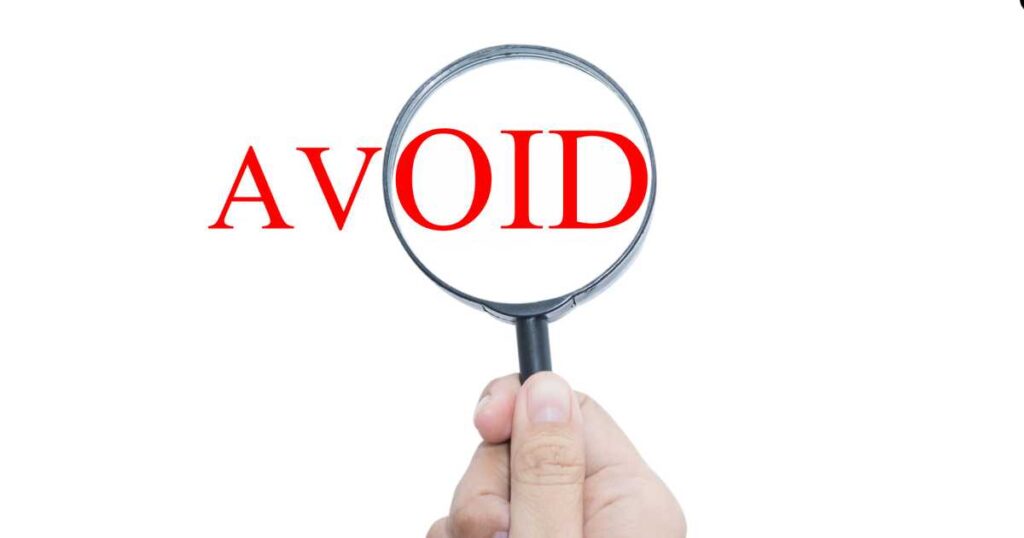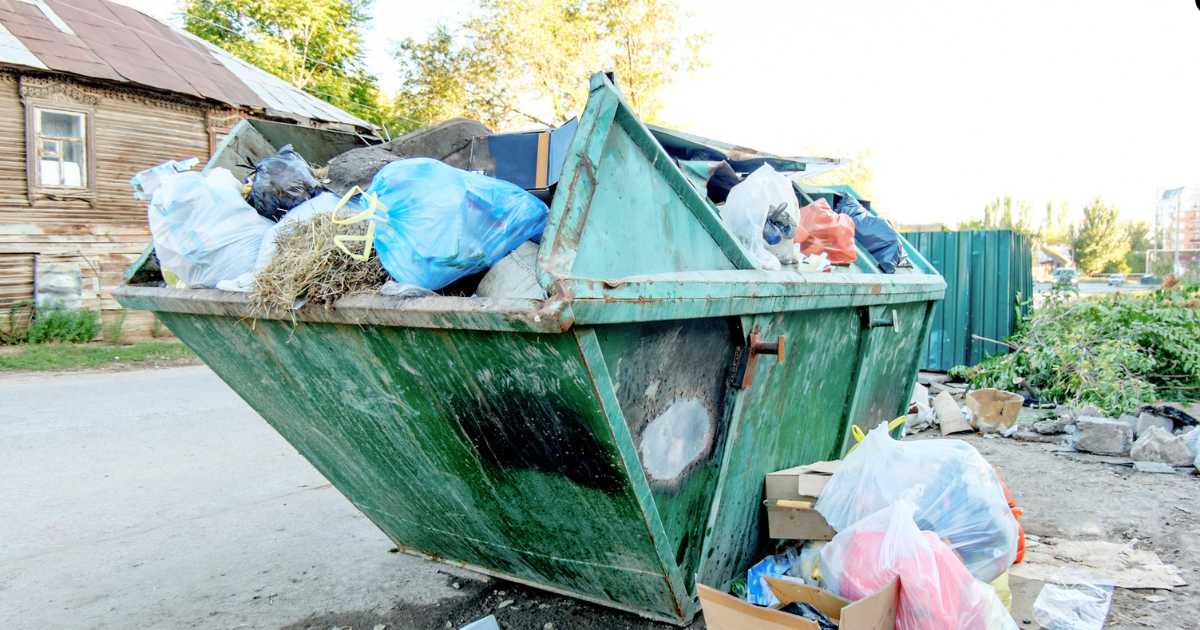Managing overfilled dumpsters can be a daunting task, especially when you’re trying to stay within the limits of local regulations and avoid additional fees. An overfilled dumpster isn’t just an eyesore—it poses safety risks, creates health hazards, and can lead to costly penalties.
Whether you’re managing a household cleanup, a construction project, or commercial waste disposal, proper planning and waste handling can make all the difference. In this guide, we’ll discuss actionable steps to handle overfilled dumpsters responsibly.
From understanding capacity limits and packing efficiently to recycling and adhering to local laws, these practical tips will help you manage waste effectively without breaking the rules. We’ll also answer common questions about dumpster usage to ensure you’re fully informed.
Understand Dumpster Capacity Limits
Each dumpster comes with specific weight and volume limits set by the rental company or waste service provider. Ignoring these limits can lead to costly penalties, safety hazards, or even damaged equipment. Understanding these capacity constraints is the first step toward preventing overfilling. To learn more about how dumpster sizes impact capacity, visit Standard commercial dumpster dimensions in Arlington.
Weight Limits: Most dumpsters are rated by tonnage, which refers to how much weight they can handle safely. Heavier materials, such as bricks, soil, or concrete, add significant weight even if they don’t visually fill the dumpster. Know the weight allowance before use to avoid excess fees.
Volume Limits: Every dumpster has a maximum fill line. Overloading beyond this line may result in the service provider declining pickup or charging an additional fee.
Waste Type Restrictions: Some dumpsters are designated for specific waste types, such as general trash, recyclables, or hazardous materials. Mixing incompatible waste can lead to fines or legal complications.
Plan Waste Management in Advance
A proactive approach to waste disposal can eliminate issues related to overfilled dumpsters. Before beginning a project or cleanup, estimate your waste generation and make appropriate arrangements. If you need flexibility in rental duration, consider reading Can I extend the duration of my dumpster rental?.
Estimate Waste Needs: Use online waste calculators or seek advice from your rental provider to understand the amount and type of waste you’re likely to generate.
Select the Right Dumpster Size: Dumpsters come in various sizes, ranging from 10-yard options for small projects to 40-yard models suitable for construction debris. Choose a dumpster size based on the waste volume to avoid overloading.
Schedule Pickups Ahead of Time: Large projects or extended periods of waste accumulation may require multiple pickups. Contact your waste management service to arrange periodic collection.

Pack Waste Efficiently
Efficient packing can significantly reduce the likelihood of overfilled dumpsters. Haphazard disposal wastes space and may lead to unnecessary overflow.
Break Down Large Items: Flatten boxes, dismantle furniture, and crush plastic containers to reduce their volume. This simple step creates more room for other waste.
Use a Layered Approach: Place heavy and bulky items at the bottom of the dumpster, followed by smaller, lighter waste. Fill gaps between items with smaller debris to maximize the available space.
Compact the Trash Safely: If appropriate, use a trash compactor to compress non-hazardous materials before placing them in the dumpster. Compacting waste helps utilize the container more efficiently.
Handle Overflow Situations Promptly
If your dumpster begins to overflow, it’s essential to take swift action to minimize potential problems. Delays can lead to legal consequences or environmental concerns.
Reorganize the Waste: Often, simply rearranging the contents of the dumpster can create additional space. Ensure heavier and stackable items are positioned correctly.
Contact the Service Provider: Inform your waste provider of the situation. They may offer solutions such as expedited pickups or temporary dumpster upgrades.
Remove and Separate Items: If the dumpster cannot accommodate additional waste, temporarily separate recyclable or bulky items until additional capacity becomes available.
Avoid Disposal of Prohibited Items
Dumpsters often have strict regulations regarding what materials can and cannot be disposed of. Improper disposal of certain items can attract hefty fines and harm the environment.
Hazardous Materials: Items like batteries, pesticides, paint, and medical waste require specialized handling and cannot be placed in general waste dumpsters.
Appliances and Electronics: Items such as refrigerators, televisions, and computers often need to be recycled through designated facilities.
Liquid Waste: Dumping liquids such as oil, paint, or grease in dumpsters is usually prohibited and can lead to serious environmental damage.
Instead, research local disposal programs for prohibited items, such as e-waste drives or hazardous material collection events.

Upgrade to Better Solutions
If waste management needs consistently exceed the capacity of your dumpster, consider upgrading your approach.
Opt for a Larger Dumpster: If your current container is too small for regular needs, renting a larger dumpster can prevent overflow and save money on additional pickups.
Add More Dumpsters: For high-waste projects like renovations or major cleanouts, renting an additional dumpster ensures efficient waste handling.
Schedule Frequent Pickups: If your business generates waste regularly, arrange for more frequent pickups with your provider to avoid accumulating excess debris.
Utilize Recycling and Reuse Strategies
An overfilled dumpster may contain recyclable or reusable materials that don’t belong in the general trash. By adopting recycling and reuse strategies, you can reduce the load on the dumpster and contribute to sustainability.
Recycle Properly: Separate recyclables like cardboard, plastics, and metals. Many municipalities provide designated bins or drop-off facilities for recyclable waste.
Donate Usable Items: Items like old furniture, appliances, or clothes can often be donated to local charities or nonprofits.
Compost Organic Waste: Composting food scraps and yard waste is an excellent way to reduce landfill contributions and create nutrient-rich compost for gardening.
Follow Local Regulations
Local authorities enforce rules and regulations regarding dumpster use. Ignoring these laws can lead to fines or operational disruptions.
Obtain Necessary Permits: If your dumpster is placed in public spaces, such as streets or sidewalks, you may need to secure permits from local authorities.
Respect Zoning Rules: Ensure that your dumpster location complies with community zoning guidelines and doesn’t obstruct public pathways.
Follow Collection Schedules: Stick to your waste collection schedule to avoid having excess trash that remains uncollected for too long.
Educate Users and Monitor Usage
In shared spaces or projects involving multiple users, unregulated dumpster use can lead to overflows. Establish rules and educate participants on proper usage.
Place Signage: Clearly display what items are allowed in the dumpster to avoid improper disposal.
Communicate Expectations: Share waste management policies with employees, contractors, or tenants. Encourage them to sort and compact waste responsibly.
Monitor Usage: Assign a responsible individual to oversee dumpster use or install surveillance in shared spaces to discourage illegal dumping.
Prepare for Peak Waste Periods
Certain times, such as holidays, renovations, or community events, often generate unusually high waste volumes. Preparing in advance ensures that dumpsters don’t overflow during these busy periods.
Schedule Temporary Upgrades: Rent an additional dumpster or increase pickup frequency during high-waste events.
Encourage Waste Reduction: Promote reusable items or recycling initiatives to reduce disposable waste.
Stock Extra Supplies: Have additional waste bags or recycling bins available for overflow situations.
Frequently Asked Question
What happens if my dumpster is overfilled?
If your dumpster is overfilled, waste service providers may refuse pickup, charge additional fees, or even issue penalties if the overflow creates safety or legal concerns. Overfilled dumpsters also pose risks like debris falling onto the road, which can lead to accidents or citations.
How do I know what size dumpster I need?
The size of the dumpster depends on the amount and type of waste you’re disposing of. For small household cleanouts, a 10-yard dumpster may suffice. Larger projects, like renovations or construction, typically require 20- to 40-yard dumpsters. Check with your service provider for guidance based on your specific project.
Are there items I cannot put in a dumpster?
Yes, most dumpsters have restrictions on certain items, such as hazardous materials (e.g., paint, chemicals, and medical waste), appliances with Freon, tires, electronics, and liquid waste. Check with your waste provider for a list of prohibited items.
Can I compact the waste in my dumpster to fit more?
Yes, compacting waste can help save space, but it’s important to do so carefully. Avoid overloading the dumpster’s weight limit even if you can compact the waste. Heavy compacted dumpsters may still incur overage fees.
What should I do if my dumpster becomes full before my project is complete?
If your dumpster is full, you can contact your service provider to arrange an early pickup or request an additional dumpster. Avoid stacking waste beyond the fill line to ensure safety and compliance.
Can I recycle materials in a dumpster?
While some dumpsters are specifically for recyclables, mixing recyclable items with regular trash is often discouraged. Separating recyclables like metal, paper, and plastic into designated bins can help reduce dumpster overflow and promote sustainable waste management.
How can I prevent overfilling my dumpster in the future?
To avoid overfilling:
- Choose an appropriately sized dumpster for your project.
- Break down large items to maximize space.
- Schedule frequent pickups for ongoing waste disposal.
- Adopt recycling and waste reduction strategies.
Do I need a permit to place a dumpster on public property?
In many cities, placing a dumpster on public property such as a street or sidewalk requires a permit. Check with your local government or waste service provider for details on how to obtain one.
Conclusion
Effectively managing an overfilled dumpster without breaking the rules requires preparation, organization, and adherence to regulations. From understanding dumpster limits to upgrading services and educating users, implementing proactive measures ensures efficient waste handling.
By addressing overflow quickly and considering sustainable practices like recycling, you can maintain compliance, avoid penalties, and promote environmental responsibility.
